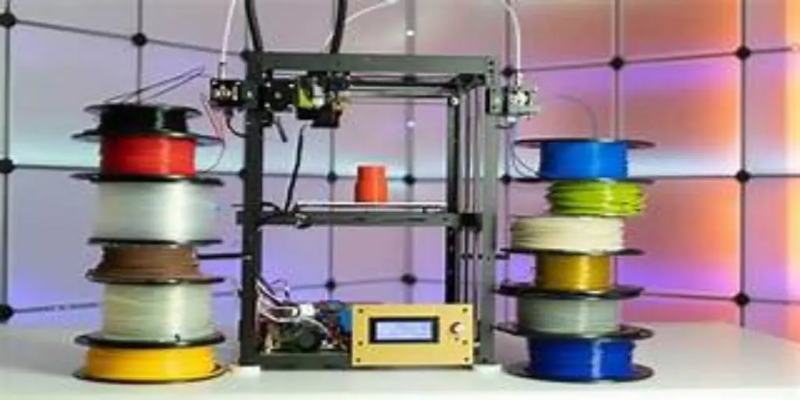In the dynamic world of 3D printing, the filament you choose can make all the difference in the success of your projects. With a plethora of options available, each boasting unique properties, the selection process becomes a crucial aspect of bringing your vision to life. In this exploration, we’ll delve into the diverse landscape of 3D printing filaments, unraveling their distinct characteristics and guiding you toward making informed choices tailored to your specific project requirements.
1. PLA (Polylactic Acid)
Key Attributes:
• Eco-friendly and Biodegradable: Derived from renewable resources like corn starch, PLA stands out for its sustainability.
• Versatile Applications: Ideal for prototypes and decorative items due to its smooth and polished finish. Many educational institutions favor PLA for 3D printing projects due to its user-friendly characteristics.
• Heat Limitations: While PLA offers ease of use, it is not recommended for applications requiring high-temperature resistance.
2. ABS (Acrylonitrile Butadiene Styrene):
Key Attributes:
• Strength and Durability: ABS is renowned for its robustness, making it suitable for functional parts and prototypes.
• Warping Concerns: To mitigate warping issues, a heated print bed is essential, adding a layer of complexity to the printing process.
3. PETG (Polyethylene Terephthalate Glycol): A Versatile Powerhouse
Key Attributes:
• Versatile Combination: Merging the strengths of PLA and ABS, PETG is durable and impact-resistant.
• Mechanical Applications: Suited for mechanical parts and outdoor use, offering a reliable and sturdy choice.
4. TPU (Thermoplastic Polyurethane): Flexibility in Form and Function
Key Attributes:
• Flexibility and Elasticity: TPU brings a level of flexibility and elasticity, making it perfect for crafting items like phone cases and shoe insoles.
• Extruder Considerations: Printing with TPU requires a direct drive extruder for optimal results.
5. Nylon: Strength Woven into Every Layer
Key Attributes:
• High Strength: Nylon stands out for its durability and strength, making it a preferred choice for functional prototypes.
• Moisture Absorption: Attention to storage conditions is crucial as Nylon tends to absorb moisture, affecting print quality.
6. Specialty Filaments: Unleashing Artistic Possibilities
Key Attributes:
• Wood fill/Metal-filled Filaments: Infused with wood or metal particles, these filaments offer unique finishes, catering to artistic and decorative prints.
• Abrasive Nature: Specialized nozzles may be required due to their abrasive nature.
